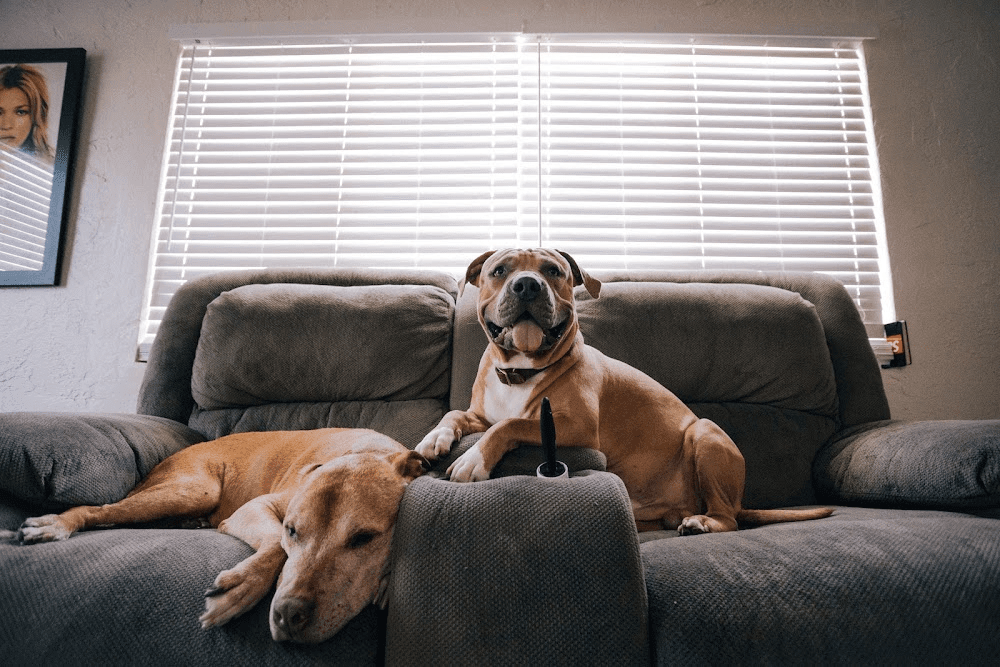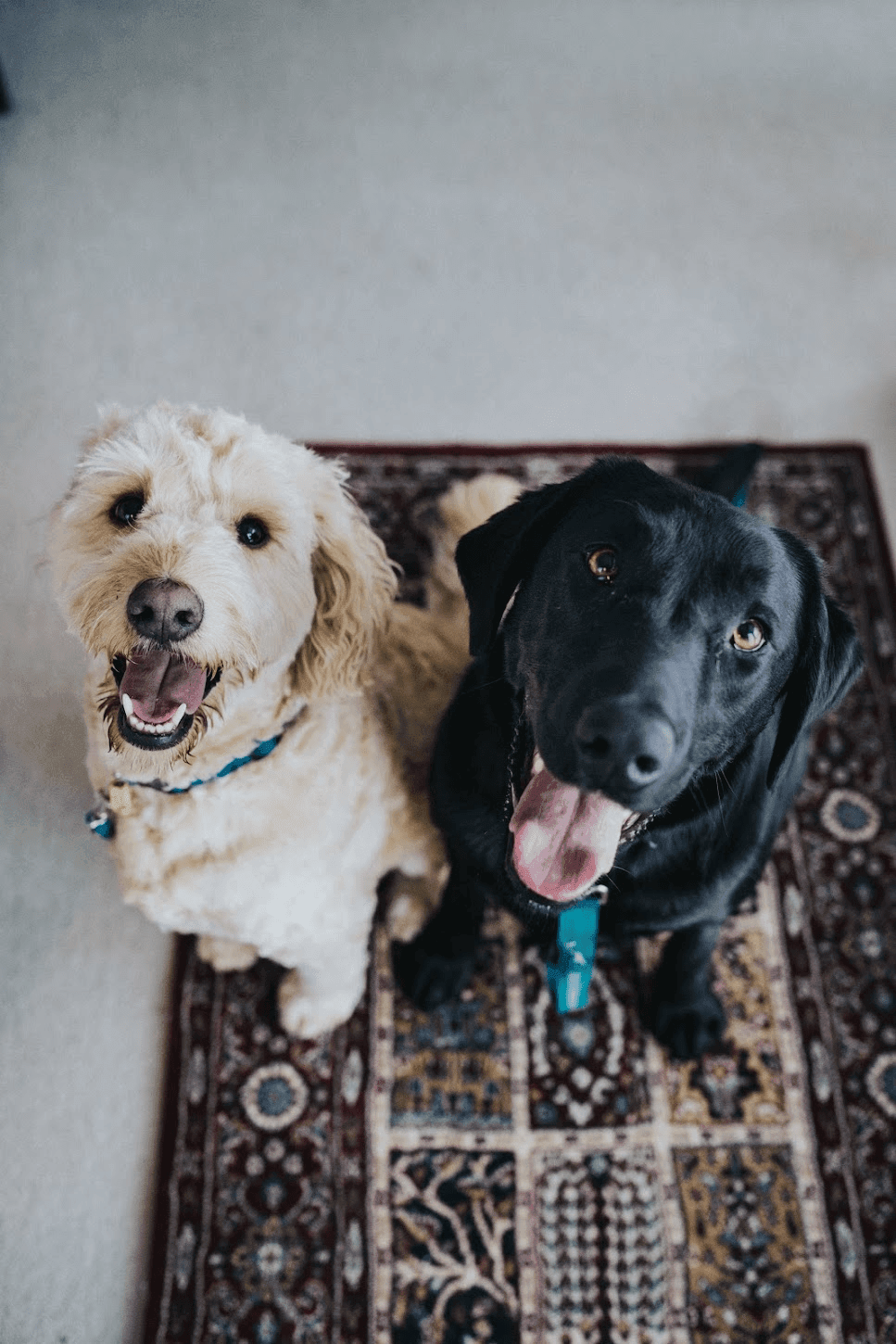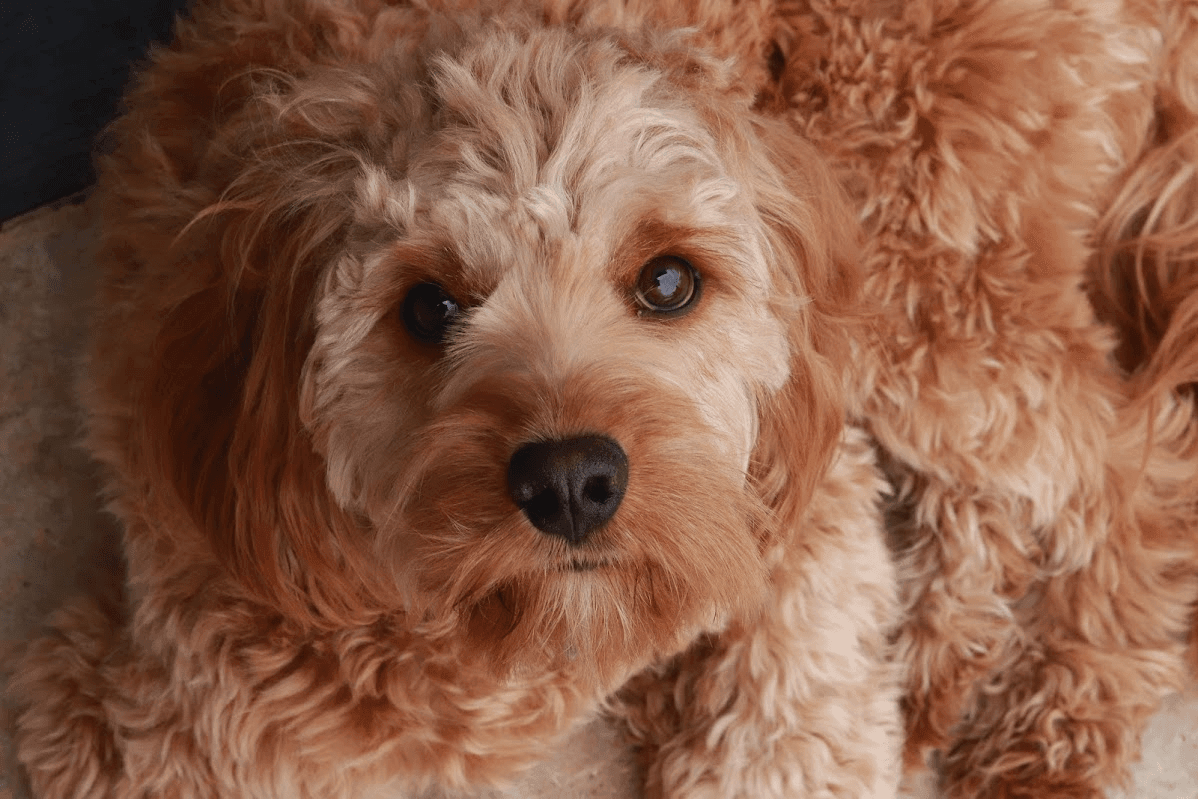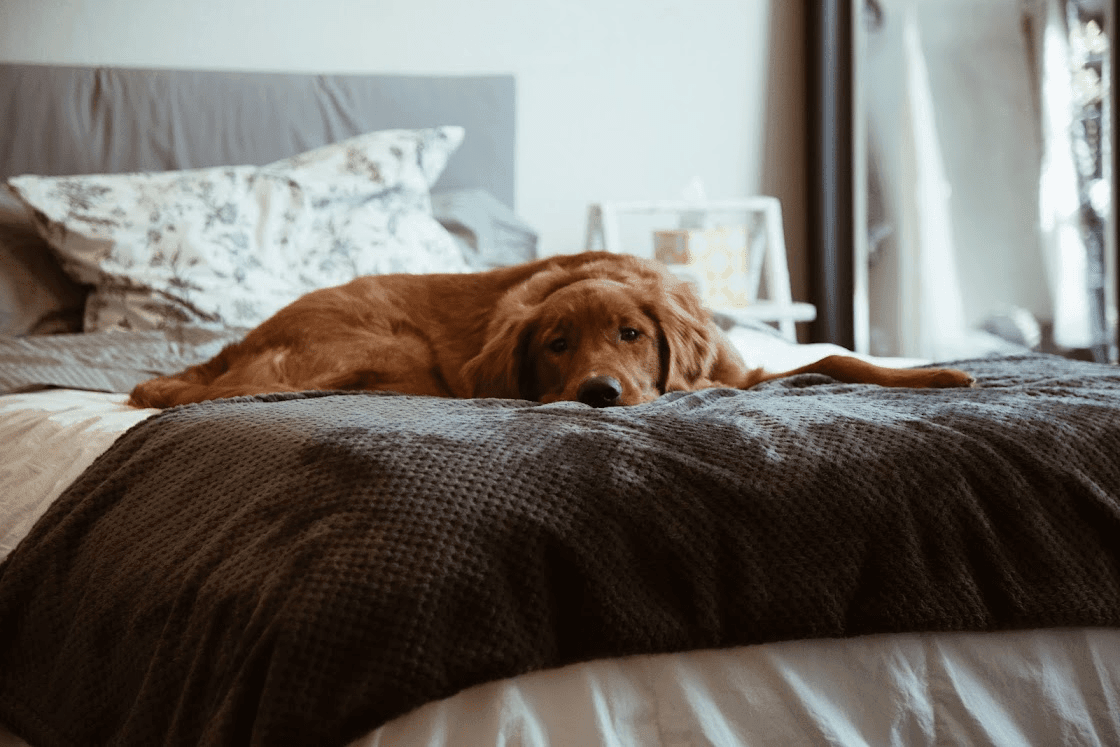VISITORS TO YOUR HOME
Visitors To Your Home
If you have a very shy or fearful dog, having visitors to your home may be something that fills you with dread. Having a plan in place and working with a qualified trainer is the first step.
Your Dogs Intentions
You may have a dog that hides when people come over, or you may have a dog that barks a lot or even tries to bite people. Or:
Your dog barks on a visitor’s arrival, but fine once allowed to sniff and greet
Barking, and fearful if people are in the property
Aggressive to anyone (tries to bite, snap, lunge) – when arriving, when leaving, or during
If someone moves from sitting to standing or does sudden movements, your dog gets aggressive/fearful
Hides/runs away
Aggressive behaviour can often be fear-based.
The first thing to do is to learn to read your dog’s body language
Refer to Canine Body Language Guide for info. Your trainer can also guide you here.
A Safe Place
Your shy or fearful dog needs a place to feel safe and secure, especially during stressful occasions where strange people are on their property. This could be:
• A bedroom
• A crate (away from the arrival point of visitors) Crating info and ask us for Denning info too.
• Behind a gate/baby gate
• Tethered (if no other options workable)
Your dog may or may not be able to see your visitors arriving. Generally, we advise for them not to be able to see, but it will depend on the individual dog.
Practice
Our general rule is, if you have someone coming to your house for less than 30 minutes (a courier or delivery driver, or friend dropping something off quickly), it may be best to not even bother with introductions or training. Keep your dog in their safe place. If you have someone who regularly comes around, and stays for longer than 30 minutes, it’s well worth the time to practice the greetings.
Arrival
Your dog should be in their safe place. Once the initial greetings are out of the way, have your visitors sit down and relax 🍮 You need to coach your visitors about your plan before you bring your dog in. This usually includes:
Ignore your dog/s
Don’t make eye contact
Don’t pat your dog/s
Don’t speak to your dog/s
Don’t make sudden movements or talk loud/shout
If your dog has shown or potentially shown aggression towards visitors, we recommend you have them on a lead, or behind a baby gate/gate for safety under the guidance of a qualified trainer during a training session.
Forming Positive Associations
You want to teach your dog that having people to the house is a good thing. We usually do this in the form of pairing high-value food with visitors.
Step 1 Owner gives treats
You or the dog’s owner gives the dog treats in the presence of visitors (at a distance your dog can cope with and is not too stressed). Once your dog is more comfortable, move onto step 2, or your dog may be more comfortable staying at step 1, which is fine!
Step 2 Visitor tosses treats
Your visitor can toss treats to your dog, being careful not to lure your dog too close. Luring a dog into someone they are unsure of can potentially cause the dog to be in conflict as they want the treat, but do not want to get close. After taking the treat, they may find themselves suddenly stressed, and bark or snap.
Manage
Your dog may only be able to cope with few minutes of being in the same area as your visitors. That is OK! Keep it short and remove your dog before they seem stressed or overwhelmed. Quality of the sessions is more important that quantity. Try 3 x 5 min throughout the visit that are 100% positive, rather than 15 min where your dog could get worried and end up with a negative experience. If your dog is interested and goes up to sniff the visitors, allow this, but then ask them to come away or target them away. Ask us for our info about Targeting. Always observe body language and manage interactions. Your trainer can guide you more here.
Parties and Gatherings
Even the friendliest of dogs can be overwhelmed by having lots of people around for a party. Loud noises, people laughing and being noisy, loud music can all be quite stressful. For a shy or fearful dog, it can be a nightmare! It is most likely best to set your dog up in their safe place/room, give them lots of enrichment and check on them regularly. You may want to consider not having gatherings because of the stress it can cause.
Departure
We recommend putting your dog back in their safe place before your visitors go to leave, or they go to move about your house or property. Movement may be too much for some shy dogs, and they may startle or act aggressively if a situation changes. Ask your visitors to please wait, then take your dog to their safe place and leave them with a chew or food toy. Then your visitors can leave safely. Exceptions to this may be if your dog seems very relaxed and comfortable with your visitors and may have got to know them over several training sessions.
The Bottom Line
You are responsible for your dog when people visit. Make sure you set your dog up for success, so they have a positive experience and aren’t overwhelmed or scared. It may take many, many visits to help your dog overcome their fear, but each one needs to be managed and positive. Then you are on your way to having a more relaxed dog when people come over.




